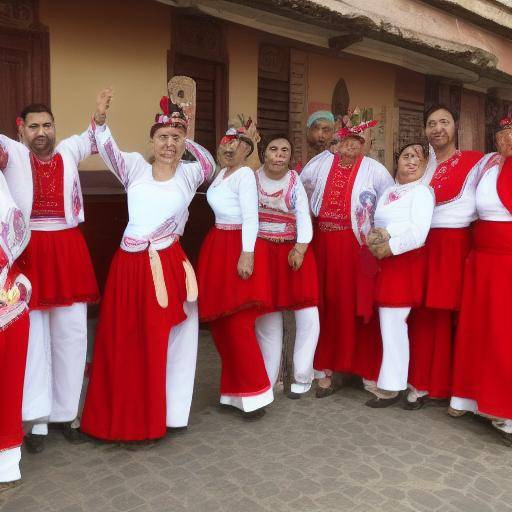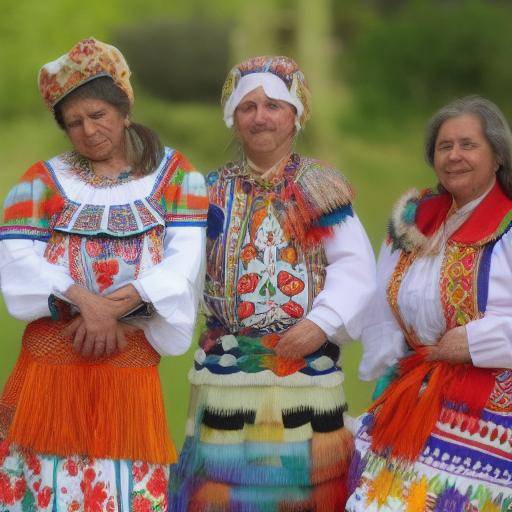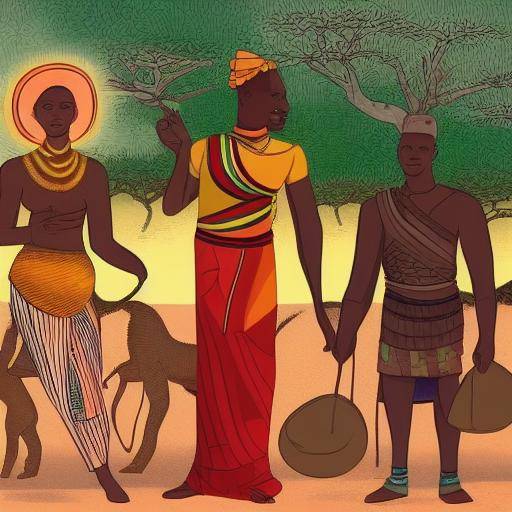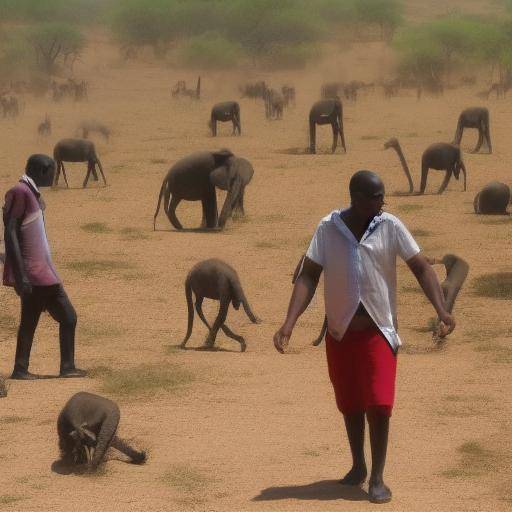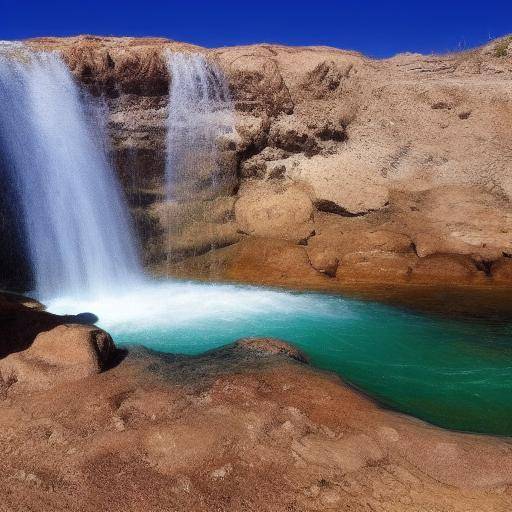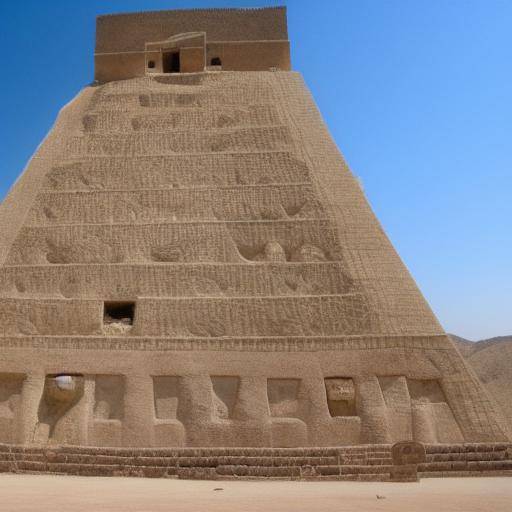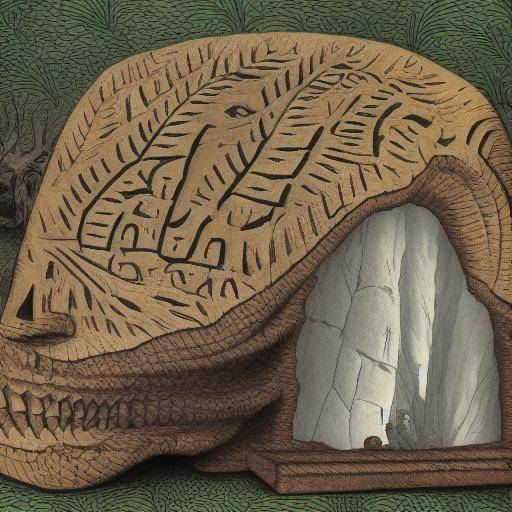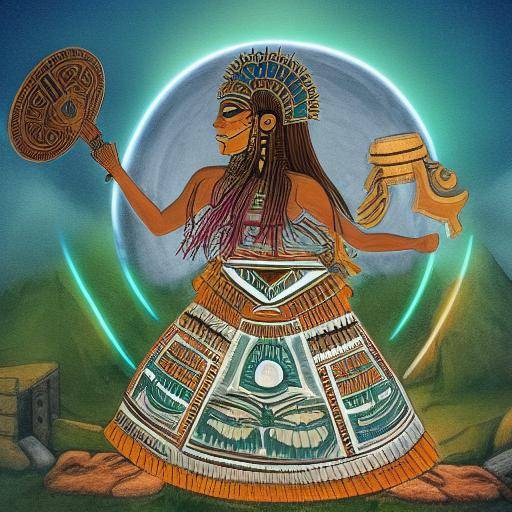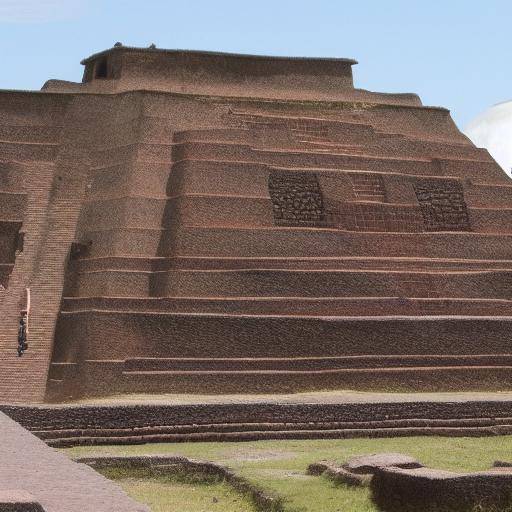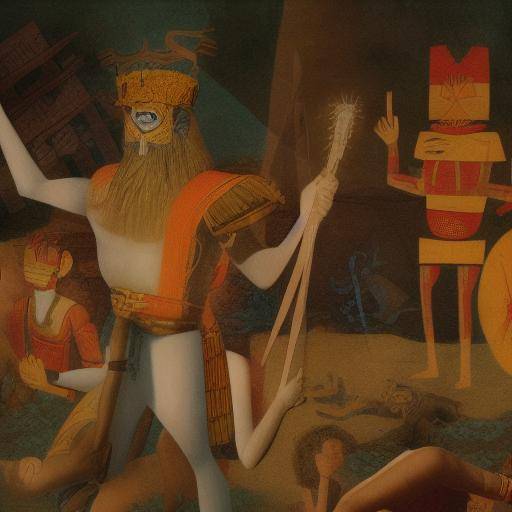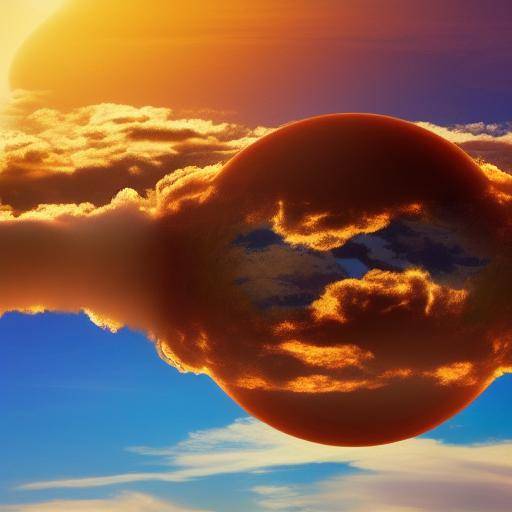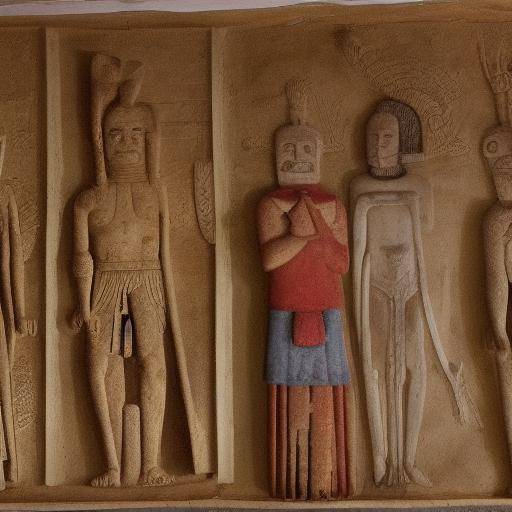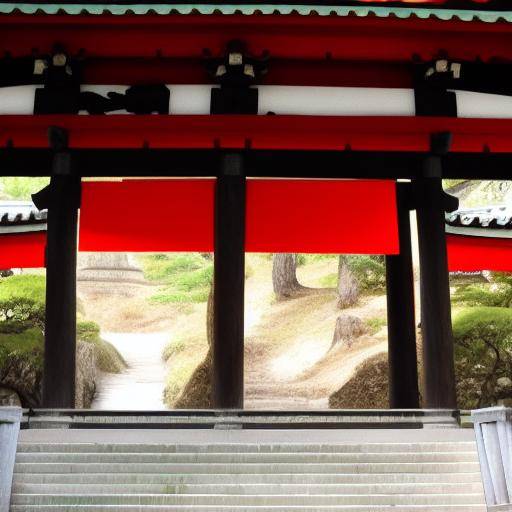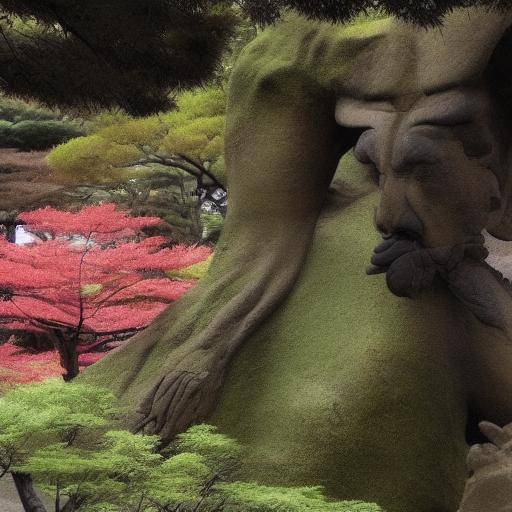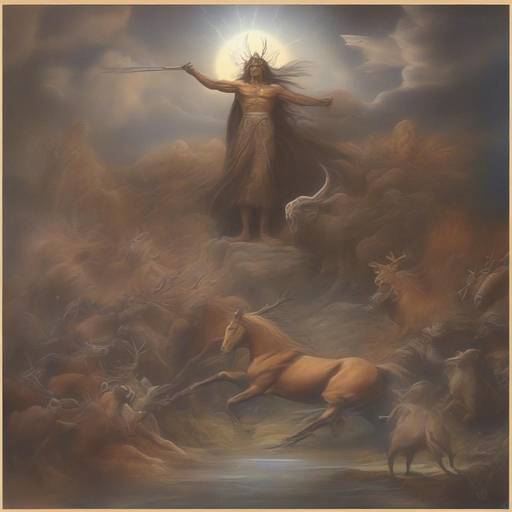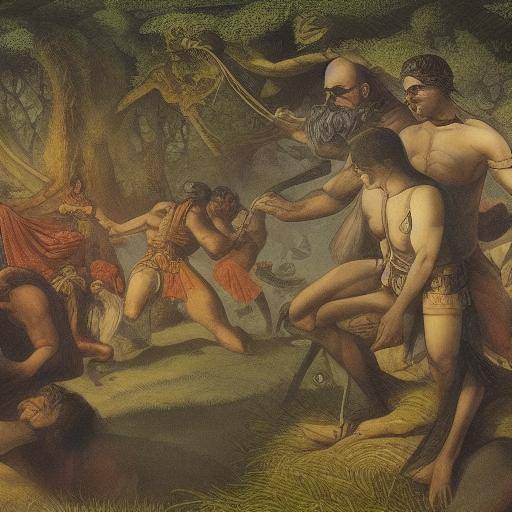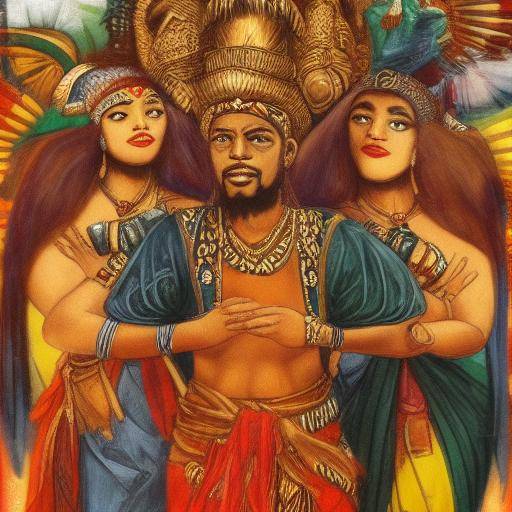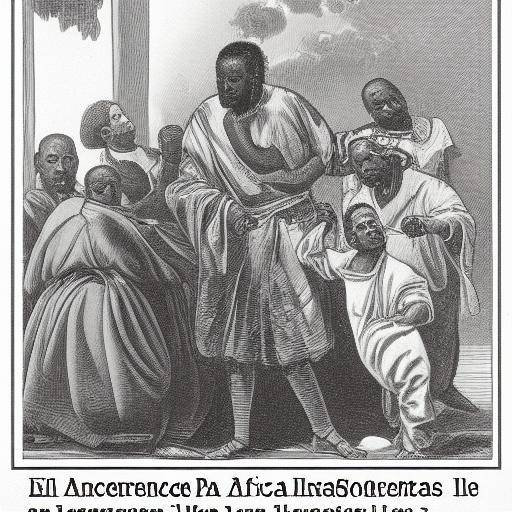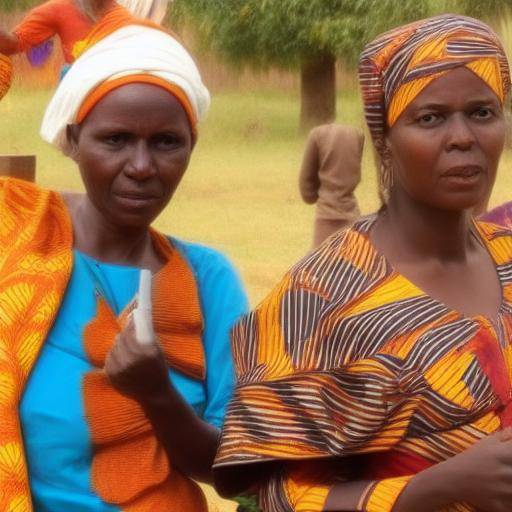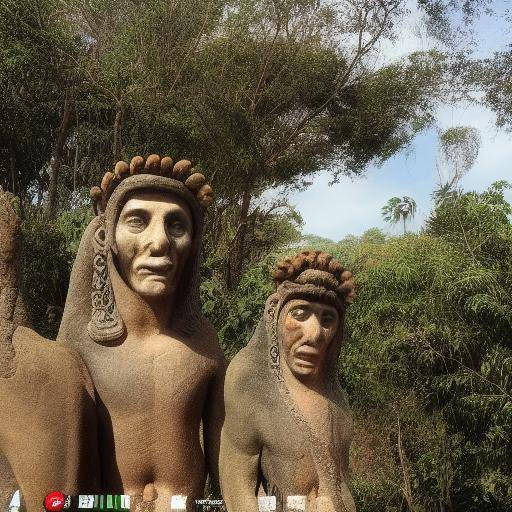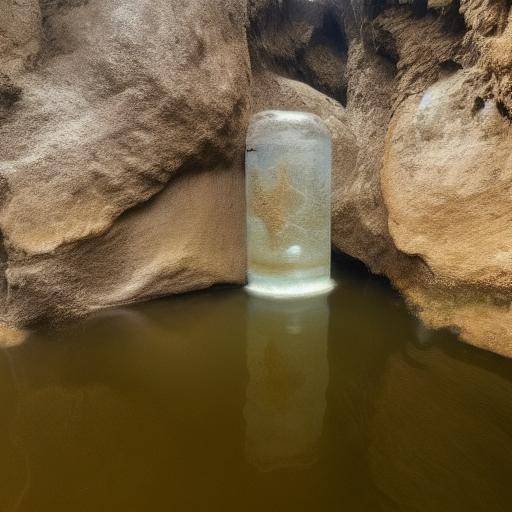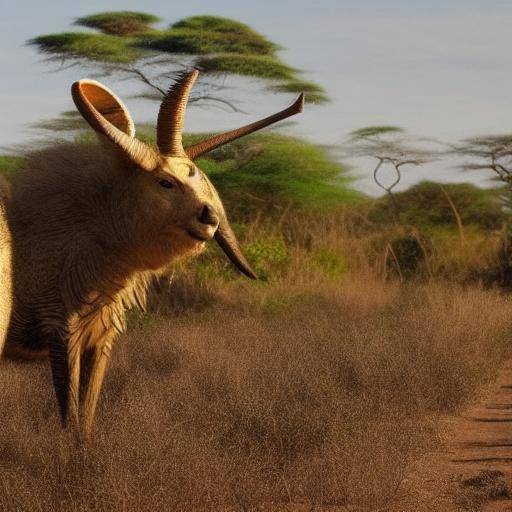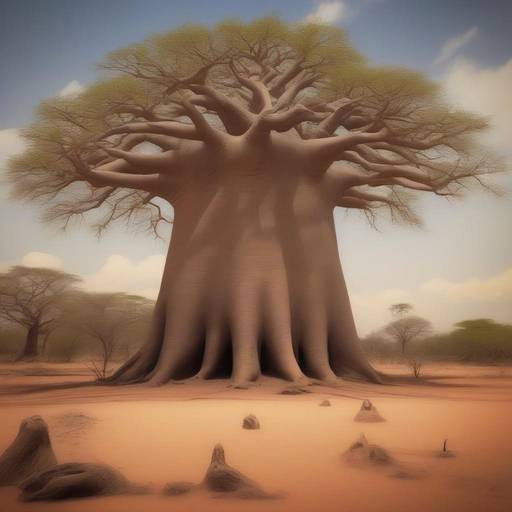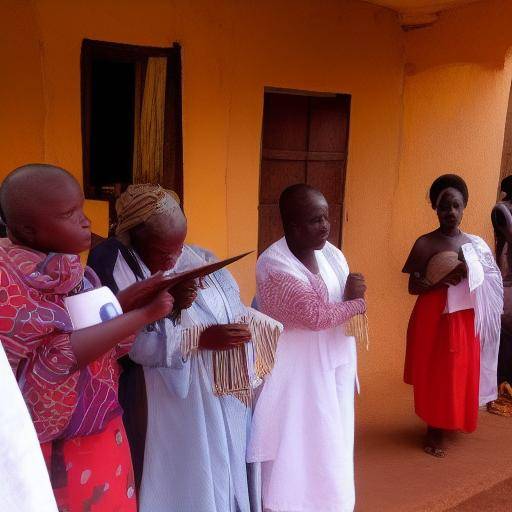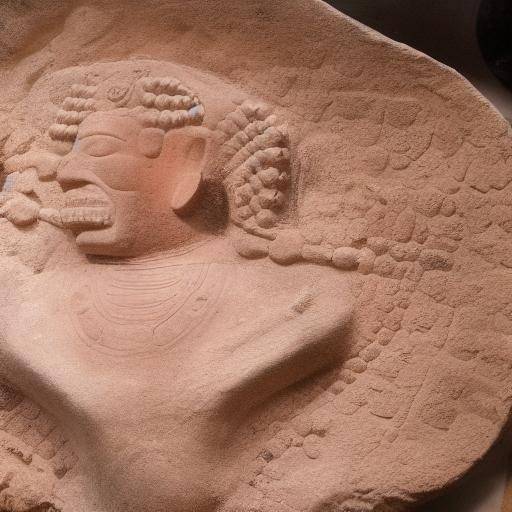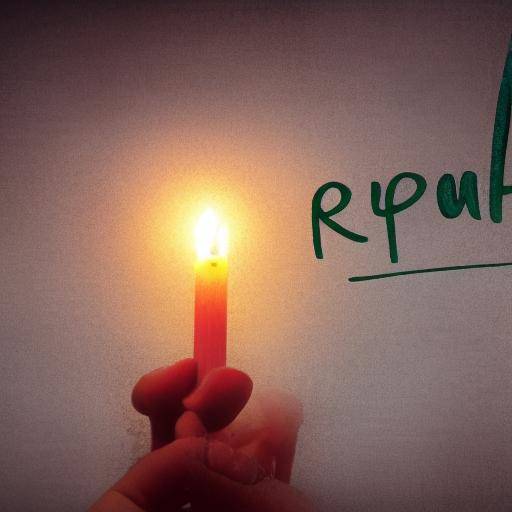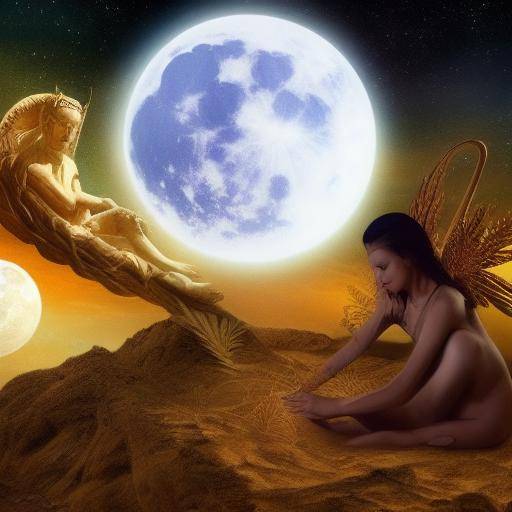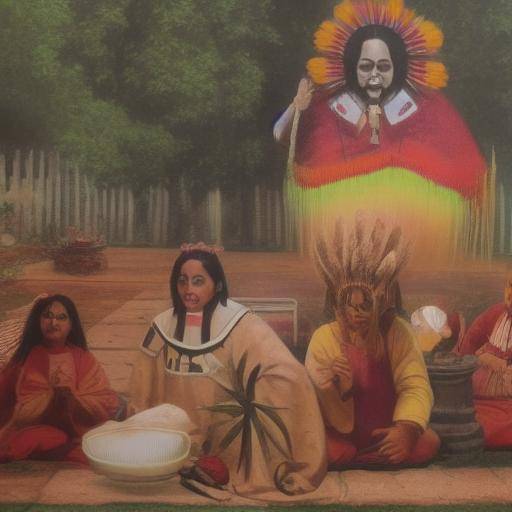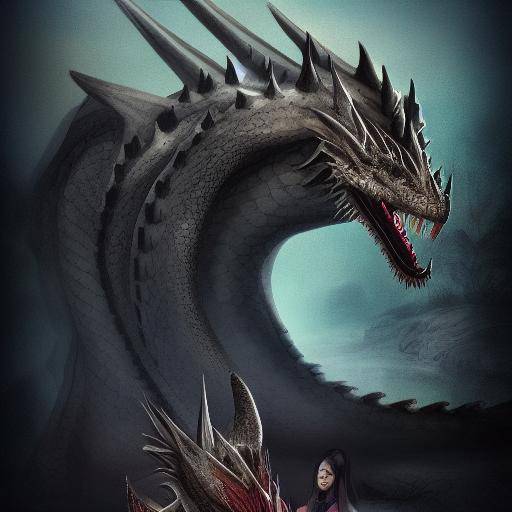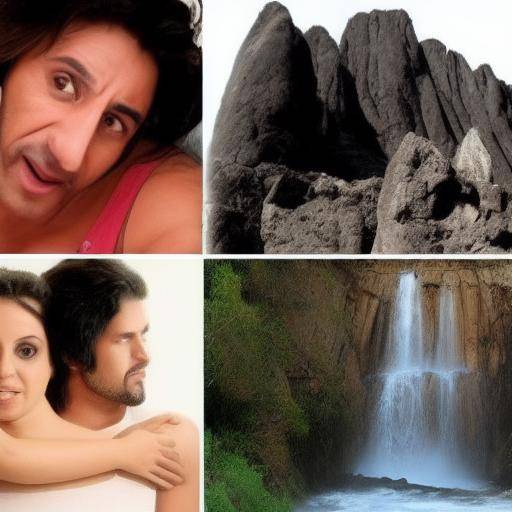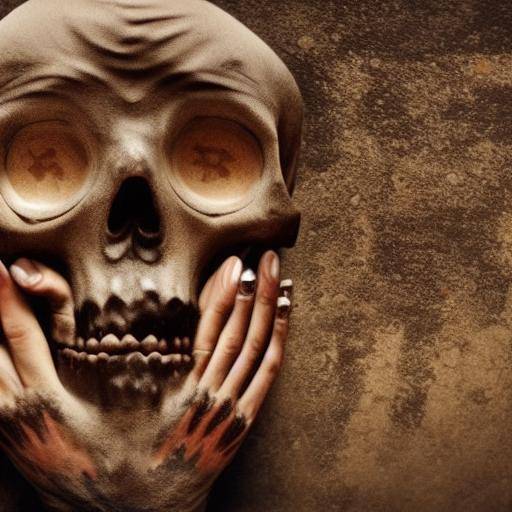
The fascination with the sun and the moon has been present throughout history in all cultures, including the African one. Myths, beliefs and legends around the sun and moon are a fundamental part of African mythology, enriching the worldview and cultural identity of the different ethnic groups that make up this vast continent. In this article, we will explore the role of the sun and moon in African myths, as well as associated beliefs and mythology, providing a deep and revealing view of this exciting issue.
Introduction of African myths
African myths have a rich oral tradition that is transmitted from generation to generation, shaping the beliefs, values and traditions of African communities. Within these mythological narratives, the sun and moon occupy a prominent place, representing not only celestial entities, but also symbols of power, cycle of life, and cosmic duality. As we immerse ourselves in this mythological universe, we discover the complexity and beauty of African conceptions about the sun and moon.
History and Context of African Myths
To understand the role of the sun and moon in African myths, it is crucial to get into the history and cultural contexts that have shaped these beliefs. The diversity of African mythologies reflects the ethnic multiplicity of the continent and the influence of historical, social and environmental factors in the configuration of such beliefs. From the ancient civilizations of Egypt to the traditions of the southern peoples, the sun and moon have played significant symbolic and ceremonial roles.
Origins and Cultural Importance
Sun and moon representations in African mythology vary depending on the different regions, tribes and cultural contexts. The sun, with its light and heat, is associated with life, fertility and vital energy. On the other hand, the moon, with its changing phases, is linked to the renewal, the menstrual cycle, and the feminine aspects of nature. These symbolic connotations intertwine with myths of creation, heavenly deities and ceremonial rituals, giving a unique perspective on the interaction between the divine, the human and the natural.
Evolution and Transformations
As African societies have faced historical and cultural changes, the mythology associated with the sun and moon has experienced evolutions and transformations. External influences, such as trade, colonization and migration, have impacted mythological narratives and ceremonial practices related to the sun and moon. However, many African communities have maintained deep ties with their mythological traditions, keeping alive the ancestral stories that celebrate the sun and moon as pillars of their worldview.
Deep Analysis of African Beliefs and Mythology
In exploring African beliefs and mythology related to the sun and moon, a wealth of symbolism, rituals and teachings that transcend the purely heavenly realm is revealed. These conceptions invite us to reflect on the interconnection between nature, the human being and the transcendent, offering a unique perspective on the relationship between man and the cosmos.
The Sun and Moon in the African Myths: Similarities and Differences
By comparing the representations of the sun and the moon in African mythology with other cultures, we reveal both similarities and differences that enrich our understanding of these heavenly entities. African mythological narratives provide unique perspectives on the sun and moon, highlighting its cultural relevance, its influence on everyday life and its role in the structuring of the symbolic universe of African communities.
Conclusions and Reflections on African Myths
The exploration of the role of the sun and moon in the African myths allows us to appreciate the depth and diversity of the mythological traditions of this continent. The beliefs associated with the sun and moon reflect the very essence of the African worldview, highlighting the interconnection between the natural world, the supernatural and everyday life. The symbolic and spiritual wealth emanating from these myths continues to be a source of inspiration and wisdom for African communities and the world as a whole.
Frequently asked questions
What are some of the main solar and lunar deities in African mythology?
Solar and lunar deities vary according to different African cultures, but some of the best known include Amaterasu in Yoruba mythology, Thoth in Egyptian mythology, and Tsuku Yomi in Bantu mythology.
What symbolize the sun and moon in African mythology?
The sun and moon symbolize a wide range of concepts in African mythology, ranging from life, death, renewal, fertility, menstrual cycle, divine power, among others. These symbols are intrinsically linked to the cosmovisions of different African cultures.
How have beliefs related to the sun and moon influenced African ceremonial practices?
The beliefs about the sun and the moon have influenced the creation of calendars, festivals, rituals of harvest, marriage and births, among other aspects of social and ceremonial life in many African cultures.
Are there specific stories or myths related to the sun and moon that stand out in African mythology?
Yes, many African cultures have particular myths and legends that revolve around the sun and moon. These stories reflect the rich mythological diversity of the continent, providing a variety of narratives about the origins, nature and meaning of these celestial bodies.
What are some examples of artistic representations of the sun and moon in African mythology?
Artistic representations of the sun and moon in African mythology can be found in sculptures, tissues, ritual artifacts, cave paintings, carved in wood and other media. These artistic expressions reflect the cultural and spiritual importance of these celestial bodies for African communities.
How do beliefs and mythology related to the sun and moon are transmitted today?
The beliefs and mythology associated with the sun and moon continue to be transmitted through oral traditions, ceremonies, festivals, dances, music, art and contemporary cultural expressions in various African communities.
As we enter the African myths related to the sun and moon, we immerse ourselves in a universe of symbolism, traditions and visions of the world that transcend time and space. The understanding and appreciation of these mythological narratives invite us to reflect on our own relationship with nature, the cosmos and the transcendent, enriching our understanding of the world and its cultural diversity.

